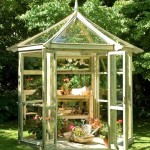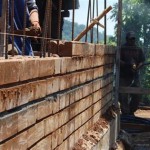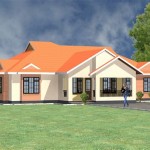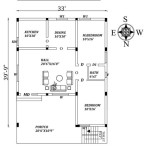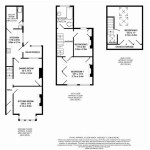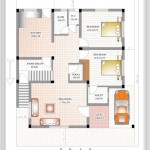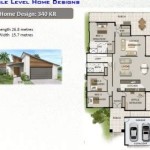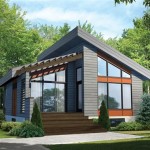Essential Aspects of Wren Bird House Plans
Wren birdhouses are a great way to attract these charming little birds to your yard. They are easy to build and can provide a safe and comfortable nesting place for wrens. When designing and building a wren birdhouse, there are a few essential aspects to keep in mind to ensure its effectiveness and appeal to wrens.
Size and Dimensions
The size and dimensions of the birdhouse are crucial for attracting wrens. The interior of the house should measure approximately 4x4x6 inches (10x10x15 cm), with a 1.25-inch (3 cm) diameter entrance hole placed near the top of the front panel. This size provides enough space for the wrens to nest and raise their young while deterring larger birds from entering.
Materials
The choice of materials for the birdhouse is essential for its durability and insulation. Cedar and redwood are excellent options due to their natural resistance to rot and decay. Other suitable materials include cypress, pine, or fir, which should be treated with a non-toxic wood preservative for added protection. Avoid using treated lumber or materials that may release harmful chemicals.
Ventilation and Drainage
Proper ventilation and drainage are vital for the health and well-being of the wrens. Ventilation holes should be placed near the top of the birdhouse to allow for air circulation and prevent moisture buildup. Additionally, the floor of the birdhouse should be slightly slanted to facilitate drainage in case of rain or condensation.
Entrance Hole Placement
The placement of the entrance hole is critical. It should be situated near the top of the front panel, approximately 6 inches (15 cm) above the floor. This placement discourages predators from accessing the nest while providing easy access for the wrens.
Predator Protection
To protect the wrens from predators, such as cats or snakes, consider adding baffles or predator guards to the entrance hole. These devices create a barrier that makes it difficult for predators to reach the nest. Additionally, place the birdhouse in a location that is out of reach of predators, such as on a high pole or in a dense shrub.
Cleanability
For the well-being of the wrens, the birdhouse should be cleaned regularly to remove old nests, droppings, and parasites. Design the birdhouse with a removable top or bottom for easy access during cleaning. Regularly inspecting and maintaining the birdhouse ensures a hygienic and safe environment for the wrens.
Additional Considerations
In addition to the essential aspects mentioned above, a few additional considerations can enhance the effectiveness of your wren birdhouse:
- Perches: Add a small perch below the entrance hole to provide a resting spot for the wrens.
- Roof overhang: Create a slight overhang on the roof to protect the entrance hole from rain and wind.
- Mounting: Use a sturdy pole or bracket to mount the birdhouse securely, ensuring it remains stable in all weather conditions.
- Location: Place the birdhouse in a sheltered area with partial shade and protection from harsh winds.

Wren Birdhouse Plans Perfect For Wrens And House Finches

Free Wren House Plans Easy Diy Project

Wren Birdhouse Plans Perfect For Wrens And House Finches

The Free Bird House Plan Wren Plans Kits

Swinging Wren Adee Birdhouse Plans 70birds

Wren House Dimensions Hole Size Material Types

Swinging Wren Adee House 70birds Birdhouse Plans Index

Wren Birdhouse Plans Perfect For Wrens And House Finches

One Board Birdhouse Google Search Wren House Bird Plans Free

Wren House Plans Build With Free Bird

